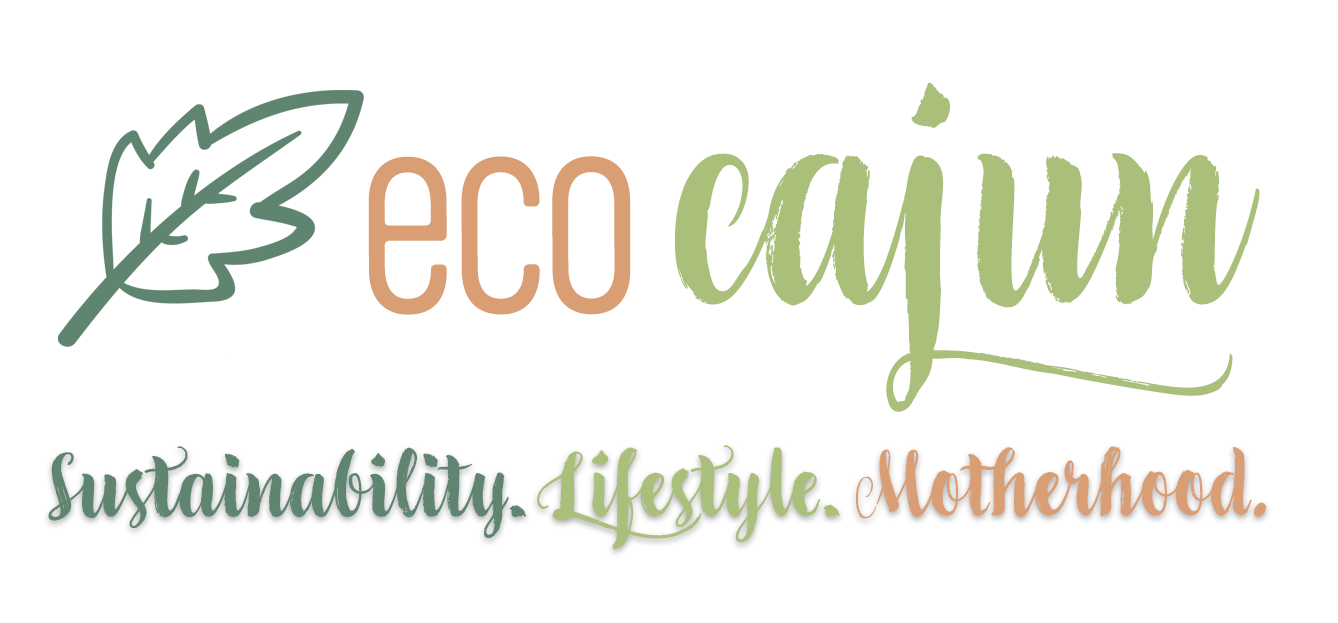![Ways to Recycle Packing Peanuts [ecocajun.com]](https://blogger.googleusercontent.com/img/b/R29vZ2xl/AVvXsEivk1J5FfDbrifAMr0ZkBLycyTHZ2fwsV9GzMQ-cb7ZOAzceHnVLBX3U506CRAGoWgRv0CuNZNuEUlBQaVoalO7hJLI0Be1-OQOozCa8E7PQpOeI5_5-hgUbkXVB5OqxF7cRLUA4e7eEc4M/s640/4324937445_6defb66215_b_packing-peanuts-e1427468364380-720x340.jpg) |
| Photo: Cars With Cords |
Packing peanuts, made of expanded polystyrene (EPS) are recyclable, but most curbside programs, including Lafayette's, do not accept the material. In most cases, your best bet is to save and reuse or donate old peanuts.
Although I don't have factual backup on this statistic, I believe there are about 93,029,284,893 packing peanuts in existence on this planet right now.
Consisting of up to 98% air, packing peanuts are very lightweight and easily littered. Many of them are not biodegradable. However, starch-based packing peanuts come from a crop base rather than a petroleum base. They can biodegrade, although they have their own drawbacks, like being more expensive (as most eco-friendly alternatives are), and heavier.
Although it can be difficult if you lack storage space, you can collect packing peanuts you receive in a large cardboard box or even trash bag, then use the collection when you need to ship or package something new. They also come in handy during the holidays when you need to wrap gifts, and when packing delicate items for a move.
According to UPS, you can bring your excess packing peanuts to your local UPS Store, where they will collect and use them when shipping out customers' packages. (Teehee. Okay, sorry. I won't giggle again.) This is probably the easiest and best way to clear out your home and still give the peanuts a new life, plus it saves UPS money and the environment from the natural resources needed and production pollution.
I called a local UPS Store franchise to find out if they have any restrictions on accepting packing peanuts, and the woman answered that they do not take the starch-based biodegradable ones.
"How can I tell the difference?" you might ask. Well, according to All Green Recycling:
Packing peanuts are color coated to let you know if they will be biodegradable or if they are mostly “earth unfriendly.” White and pink packing peanuts are the traditional kind – they are composed of 70% raw materials, and will take quite a while to decompose (Caitlin's note - but they never truly go away). These packing peanuts need to be recycled. Green packing peanuts truly are “green” – they are made up of 70% recycled material and will biodegrade easily.
If you are not sure what type of packing peanuts you have, do a brief test: run the peanuts under water for two minutes. If they break down under water, you can use them as compost in your gardening, or plant containers.
| While it can be highly entertaining to watch your pet play with packing peanuts, I don't recommend letting them do it, because the styrofoam can be dangerous if they bite and eat it. Think of the menews. (Photo: Jackson Pack N Ship) |
Although this doesn't help an issue of recycling/reusing packing peanuts, your best bet if shipping something on your own is using more sustainable and easier-to-recycle materials, such as crumpled newspaper or other scrap paper. Alternately, any online retailers, especially Amazon, use those plastic air packs in their shipments. While those are a pain in the ass, you could save these like you would packing peanuts and reuse them.
If you're packing items for a move, use newspaper, or even your sheets, towels or t-shirts to protect breakable items.
So, long story short: Donate packing peanuts to a shipping store, keep and reuse them for your own packages, or use more biodegradable ones in your garden.
More resources:
- Earth 911's Guide to Recycling Packing Peanuts
- Could packing peanuts be turned into battery power? Cars With Cords thinks so.
- Recycle Nation: How to Recycle Packing Peanuts
Other places to recycle packing peanuts:
- The Plastic Loose Fill Council (you can search around your location for stores that will accept donations)
- PakMail
(And, 22. 22 times in one blog post!)





1 comment
I know someone who used packing peanuts to insulate his attic.